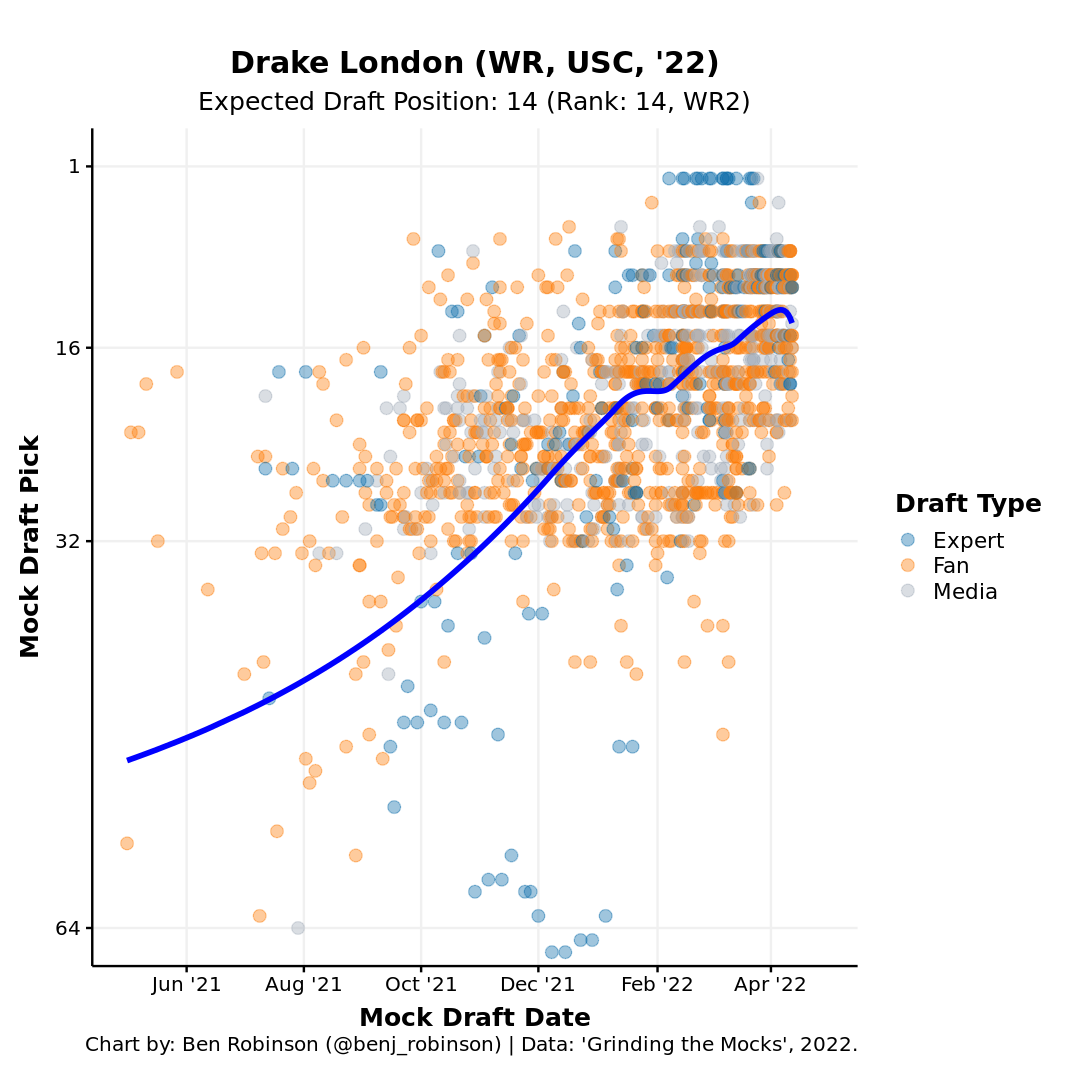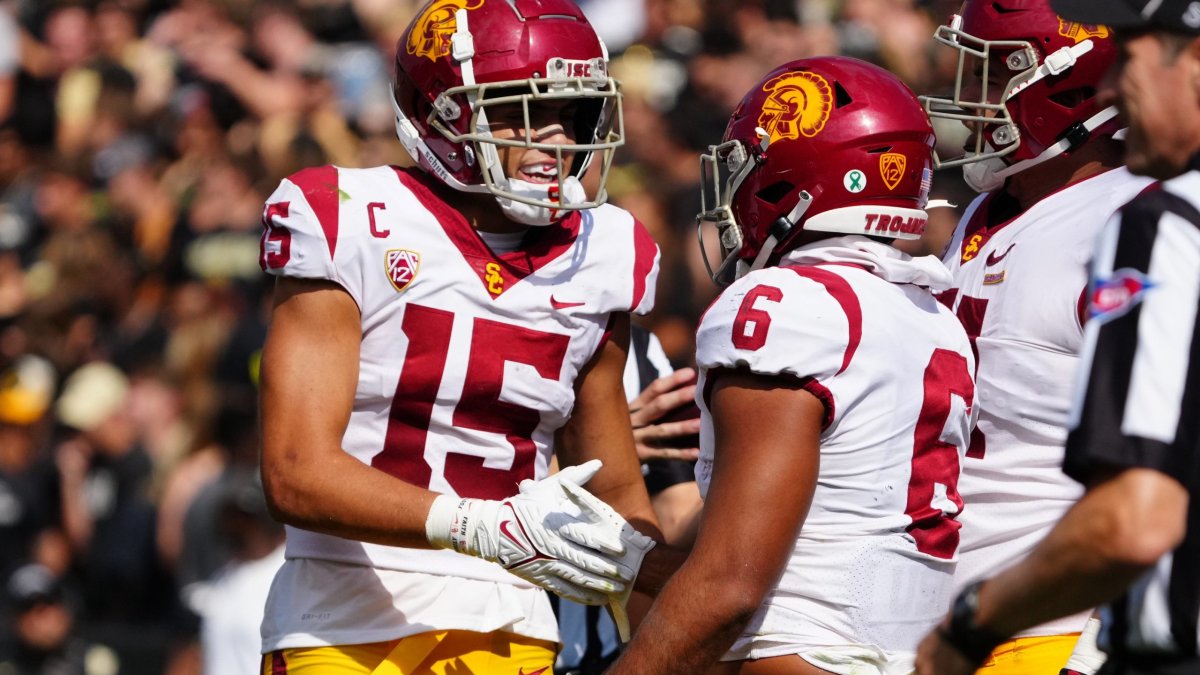Comparing current NFL draft prospects to those of years past is standard procedure in draft evaluation, though most comparisons are built on the memory recall and subjective opinion of the particular evaluator.
In this series of articles, I will compare the 2022 draft prospects to prior years and pick out the most similar comps with a clearly delineated and quantifiable method.
PFF data scientist Eric Eager has done tremendous work building college-to-pro projections, which are built off the robust college data we’ve collected since 2014 and have been applied to exercises like building an “analytics” mock draft. In this analysis, I will use some of our advanced stats for comparison but primarily rely on traditional stats to go back further and compare the 2022 prospects to draft classes since 2006.
METHODOLOGY
The comps below were derived from a two-step process. First, I converted all the most statistically relevant stats and measurables to percentiles based on the thousands of prospects who have entered the NFL since 2006.
The matching features were transformed by principal component analysis (PCA). I found the closest statistically comparable players by the Euclidean distance between the players' principle components, listed in the top 10 below.
For draft position, I’m using an estimate based on the mock data collected at GrindingTheMocks.com. The college statistical metrics for PCA are career market shares for receiving yards and receiving touchdowns, best-season market shares for receiving yards, yards per route run and yards per reception.
I also included the most important workout metrics for NFL and draft position for wide receivers: weight, 40-yard dash time and vertical jump. I’m taking the best number from either the prospects' NFL Scouting Combine or pro-day performances. If the 40-yard dash time or vertical jump are missing, I estimate them based on historical modeling with weight and available other workout metrics.
MOST COMPARABLE PLAYERS
Drake London teased the workout-watchers by hinting he’d run the various drills on his pro day, but he ultimately decided to pass. However, he did run different catching drills. Skipping the athletic measurables hasn’t hurt his draft stock through the process unless mock draft analysts don’t have a grasp on the real sentiments of NFL front offices.

For the purpose of this matching exercise, I estimated London's 40-yard dash and vertical jump numbers at 4.6 seconds and 36 inches, respectively. Maybe he can run a faster time, but his decision to pass on running, despite being well enough to perform receiving drills, indicates his time would likely have been on the slower side of expectations.
Exclusive content for premium subscribers

WANT TO KEEP READING?
Dominate Fantasy Football & Betting with AI-Powered Data & Tools Trusted By All 32 Teams
Already have a subscription? Log in




 © 2025 PFF - all rights reserved.
© 2025 PFF - all rights reserved.